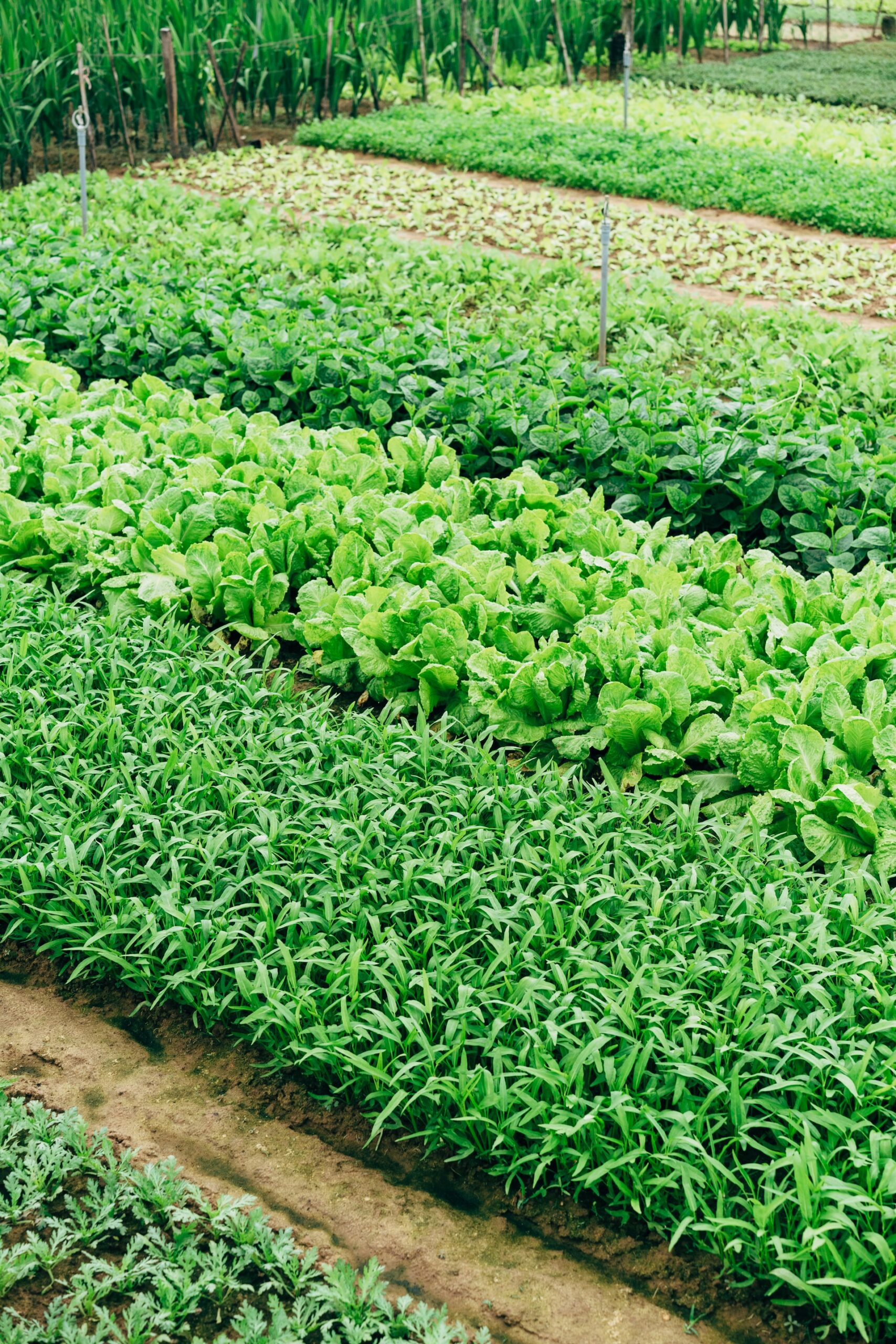Introduction
If you’re new to the world of NFT (Nutrient Film Technique) hydroponics, fear not! It’s a fascinating area to delve into andteeming with potential for the cultivation of delightful herbs. I reckon you’ll be amazed at how fulfilling (and tasty!) it can really be. Let’s jump right into exploring the brilliant herbs perfect for a beginner in NFT hydroponics.
Basil
Basil is a great start for hydroponic beginners. It’s a stalwart herb that thrives in this type of setup. Basil enjoys warm temperatures, between 65 and 85 degrees Fahrenheit. It needs continuous light to germinate properly. Basil should be planted quite densely in your hydroponic bed, with about six plants per square foot. Plus, it’s incredibly versatile, with high demand in anything from salads, to sauces, to cocktails!
Mint
Mint, a true powerhouse in the herb world, is highly suitable for a hydroponic setup. Mint has a high yield, making it an ideal herb for beginners. A key piece of advice I heard is to make sure to give mint cuttings enough space, about two feet, so they can spread adequately. It’s a hardy herb that’s less fussy about temperature, making it reliable and easy to grow.
Parsley
Parsley is another herb well suited for NFT hydroponics. Parsley requires stable temperatures and a decent amount of sunlight, making it perfect for an indoor setup. The beauty of parsley is its diverse uses – garnish, salads, or even in macaroni and cheese! Quick tip: grow parsley near basil or chives to help it flourish.
Cilantro
Cilantro is a somewhat special herb to grow. Plant cilantro seeds directly into the hydroponic system, and they will sprout within a few days. Keep the temperature between 50 and 85 degrees Fahrenheit, and let them enjoy low to medium sunlight. In about 3 to 4 weeks, the cilantro should be ready to harvest. Remember, cilantro likes cooler conditions, so avoid placing your system in a super hot place.
Dill
Dill is an amazing addition to your NFT hydroponic system. It loves a warm environment and bright light (but not scorching). Dill grows in a bushy manner, so ensure it has plenty of room to spread. Also, due to its higher light and temperature preferences, it makes a good companion for basil and parsley.
Oregano
Oregano is an incredible herb to grow hydroponically. It loves full sun exposure and slightly acidic to neutral pH levels. The optimal temperature range for oregano is around 65 to 75 degrees Fahrenheit. It is a hardy plant, and once it gets going there’s no stopping it. It’s an excellent ingredient for pasta sauces and pizzas.
Thyme
Thyme, often seen as a bit understated, is a brilliant herb for hydroponics. It needs good light exposure and prefers cooler temperatures. One thing to keep in mind when growing thyme is that it dislikes overly wet conditions, so ensure the water in your NFT system doesn’t get stagnant.
Chives
Chives are hardy plants with a penchant for cooler environments. They thrive in temperatures ranging from 55 to 75 degrees Fahrenheit and prefer medium to high light levels. Chives are perfect for adding an onion-like flavor to your dishes without overwhelming them.
Rosemary
Rosemary thrives in hydroponic setups. It’s pretty hardy and lenient when it comes to temperature, willing to grow anywhere between 45 to 80 degrees Fahrenheit. Rosemary appreciates a moderate amount of light and loves to be regularly trimmed, promoting bushier growth.
Lemongrass
Lemongrass has a powerful flavor and scent that can bring exotic note into your meals. It highly enjoys sunlight, so a bright, warm spot is perfect. The fantastic thing about lemongrass is that it’s highly disease-resistant. Growing it will bring you a tropical treat to your recipes and a pleasing aesthetic to your hydroponic setup.
Marjoram
Marjoram is another excellent herb choice for hydroponics. It loves a sunny, warm environment with a pH range of 6 to 8. Marjoram needs about 6 to 8 hours of sunlight per day, making it perfect for a sunny spot in your house. Fun fact: Marjoram is a cousin of oregano and can be used interchangeably in many recipes!
Sage
Finally, we have sage. Though slower to start than other herbs, once the roots take hold, sage becomes a dynamically growing plant. It enjoys similar conditions as rosemary and thyme with good drainage being crucial. Sage is a pride-worthy addition for your hydroponic garden, and nothing can quite replace freshly picked sage leaves in your dishes.
Conclusion
You see, my friend, diving into the world of NFT hydroponics isn’t that daunting, especially with such a variety of herbs that practically ask to be nurtured in this system. Remember, it’s all about monitoring light, temperature, and providing adequate space for your green buddies. Happy growing!

